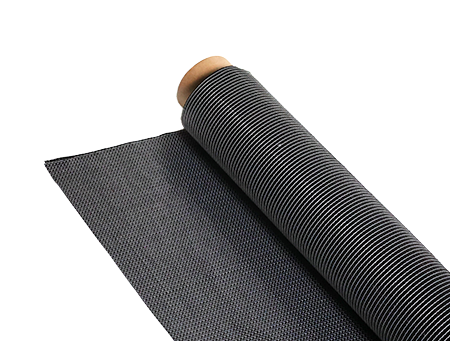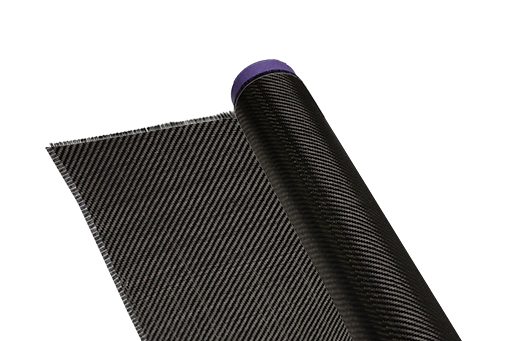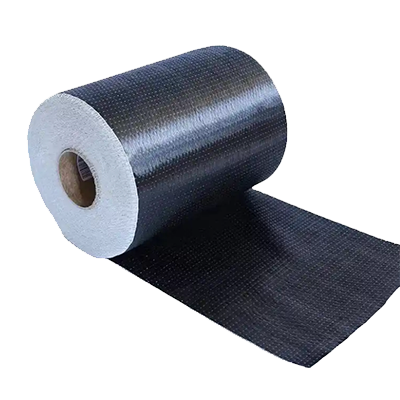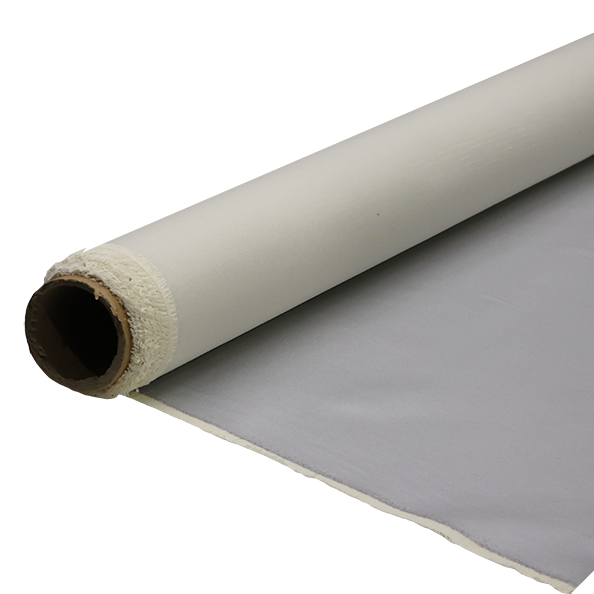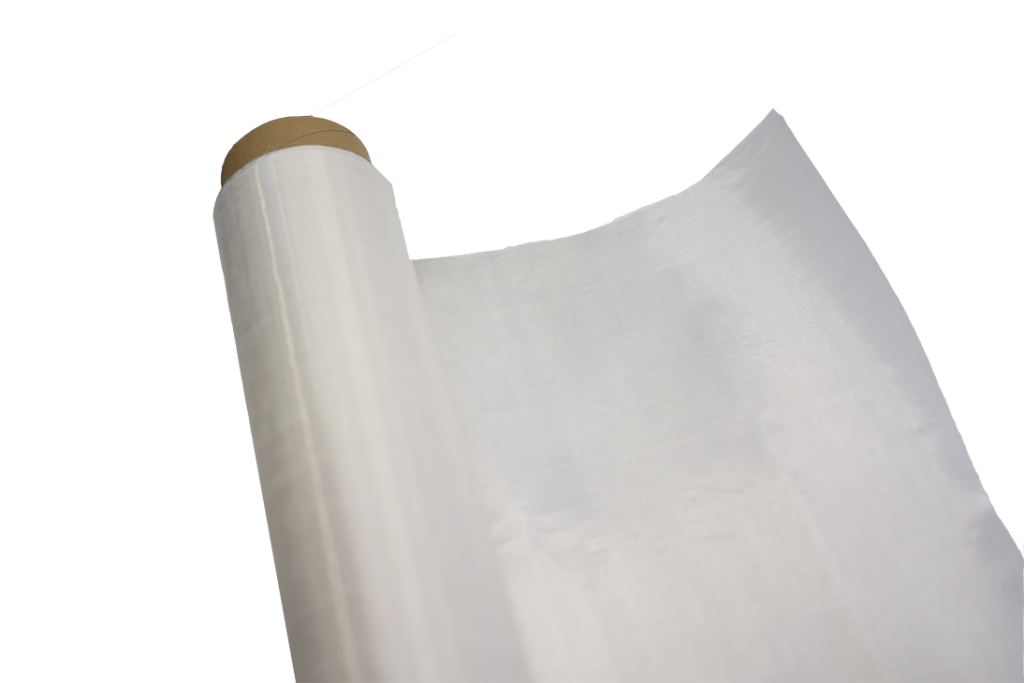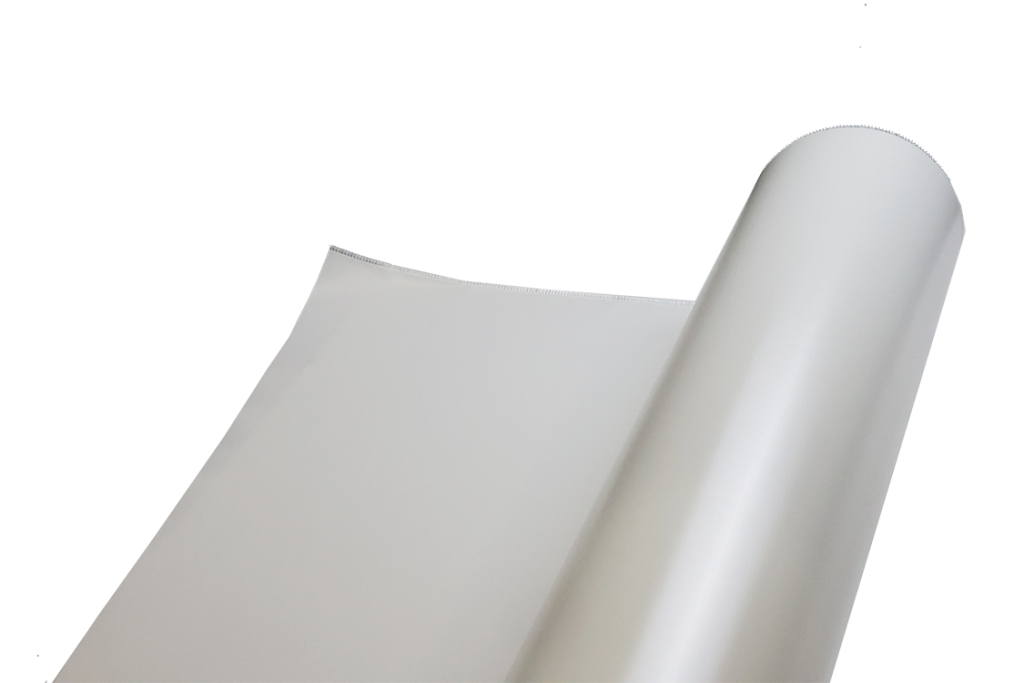What Are the Tolerances for CNC Machining Carbon Fiber Plates?
-
Table of Contents
“Precision Perfected: Understanding Tolerances for CNC Machining Carbon Fiber Plates.”
Introduction
CNC machining of carbon fiber plates involves precise manufacturing processes that require strict adherence to tolerances to ensure optimal performance and fit in various applications. Tolerances in CNC machining refer to the allowable variations in dimensions and surface finishes of the machined parts. For carbon fiber plates, typical tolerances can range from ±0.005 inches (±0.127 mm) for critical dimensions to ±0.010 inches (±0.254 mm) for less critical features. Factors influencing these tolerances include the complexity of the part design, the type of CNC machining equipment used, and the specific properties of the carbon fiber material. Achieving tight tolerances is essential for applications in aerospace, automotive, and other high-performance industries where precision is crucial.
Tolerance Standards for CNC Machining Carbon Fiber Plates
CNC machining of carbon fiber plates has gained significant traction in various industries due to the material’s unique properties, including high strength-to-weight ratio, rigidity, and resistance to corrosion. However, achieving precise tolerances during the machining process is crucial for ensuring the performance and reliability of the final product. Tolerance standards for CNC machining carbon fiber plates are influenced by several factors, including the specific application, the complexity of the part, and the capabilities of the machining equipment.
To begin with, it is essential to understand that tolerances in CNC machining refer to the permissible limits of variation in a physical dimension. In the context of carbon fiber plates, these tolerances can vary widely depending on the intended use of the component. For instance, components used in aerospace applications often require tighter tolerances, typically in the range of ±0.005 inches (±0.127 mm) or even tighter, due to the critical nature of their performance and safety requirements. Conversely, parts used in less demanding applications may allow for looser tolerances, such as ±0.010 inches (±0.254 mm).
Moreover, the machining process itself plays a significant role in determining achievable tolerances. CNC machines equipped with advanced technology, such as high-speed spindles and precision tooling, can produce parts with tighter tolerances. Additionally, the choice of cutting tools and the machining parameters, including feed rates and spindle speeds, can impact the final dimensions of the machined part. Therefore, it is imperative for manufacturers to select appropriate machining strategies that align with the desired tolerances.
In addition to the machining process, the characteristics of carbon fiber itself must be considered. Carbon fiber plates can exhibit variations in thickness, density, and fiber orientation, all of which can affect the machining outcome. For instance, variations in thickness may lead to challenges in achieving uniform tolerances across the entire surface of the plate. Consequently, manufacturers often conduct thorough inspections and quality control measures to ensure that the machined parts meet the specified tolerances.
Furthermore, it is important to note that the tolerances for CNC machining carbon fiber plates are not solely dictated by the machining process and material properties. Industry standards and customer specifications also play a critical role. Various organizations, such as the Aerospace Industries Association (AIA) and the International Organization for Standardization (ISO), provide guidelines and standards that outline acceptable tolerances for different applications. Adhering to these standards not only ensures compliance but also enhances the credibility of the manufacturer.
In conclusion, the tolerances for CNC machining carbon fiber plates are influenced by a multitude of factors, including the specific application, machining capabilities, material characteristics, and industry standards. Achieving precise tolerances is essential for ensuring the functionality and reliability of the final product. As the demand for carbon fiber components continues to grow across various sectors, manufacturers must remain vigilant in their pursuit of precision, continually adapting their processes and technologies to meet the evolving requirements of their clients. By doing so, they can ensure that they deliver high-quality components that meet or exceed the stringent tolerances required in today’s competitive landscape.
Factors Affecting Tolerances in Carbon Fiber CNC Machining
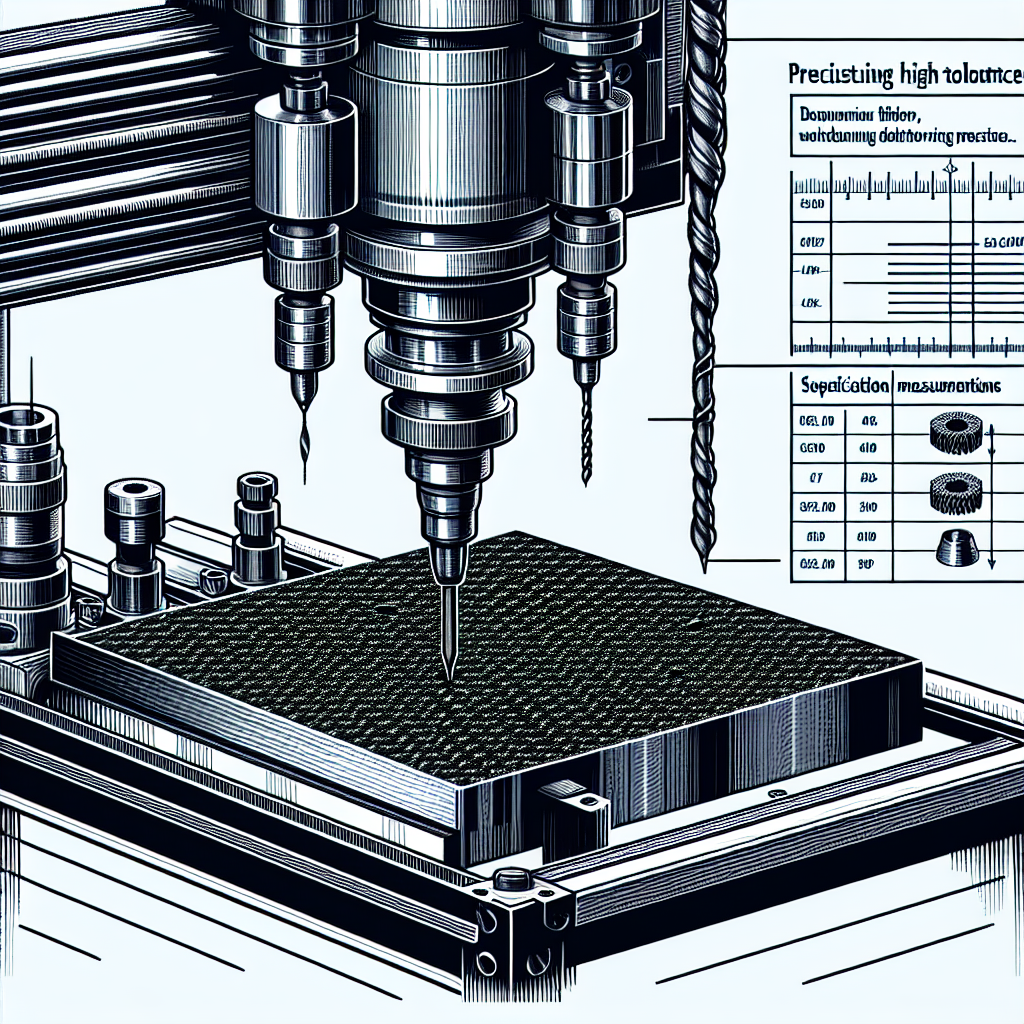
CNC machining of carbon fiber plates is a sophisticated process that requires a deep understanding of various factors influencing tolerances. Tolerances refer to the permissible limits of variation in a physical dimension, and in the context of carbon fiber machining, they are critical for ensuring that the final product meets the required specifications. Several key factors affect these tolerances, and understanding them is essential for achieving precision in manufacturing.
One of the primary factors influencing tolerances in CNC machining of carbon fiber plates is the material properties of carbon fiber itself. Carbon fiber is known for its high strength-to-weight ratio and rigidity, but it also exhibits unique characteristics such as anisotropy, meaning its properties vary depending on the direction of the fibers. This anisotropic behavior can lead to variations in machining outcomes, particularly when cutting or drilling. Consequently, the orientation of the fibers must be carefully considered during the design and machining processes to minimize discrepancies and ensure that the final dimensions remain within acceptable limits.
Moreover, the machining parameters play a significant role in determining tolerances. Factors such as cutting speed, feed rate, and tool selection can greatly influence the quality of the machined surface and the overall dimensional accuracy. For instance, using the appropriate cutting speed can help reduce the risk of delamination, a common issue when machining carbon fiber. Delamination occurs when layers of the composite material separate, leading to a loss of structural integrity and dimensional accuracy. Therefore, selecting the right tools and optimizing machining parameters are crucial steps in achieving tighter tolerances.
In addition to material properties and machining parameters, the design of the CNC machining process itself can impact tolerances. The complexity of the part being machined, including features such as holes, grooves, and intricate shapes, can introduce challenges that affect precision. For example, parts with tight radii or sharp corners may require specialized tooling or techniques to ensure that the final dimensions adhere to the specified tolerances. Furthermore, the use of advanced CNC machines equipped with high-precision capabilities can significantly enhance the ability to maintain tight tolerances, as these machines are designed to minimize errors during the machining process.
Environmental factors also play a role in the tolerances achievable in CNC machining of carbon fiber plates. Temperature fluctuations, humidity levels, and even the cleanliness of the machining environment can affect the material properties and the machining process itself. For instance, high humidity can lead to moisture absorption in carbon fiber composites, potentially altering their dimensions and affecting the final product’s accuracy. Therefore, maintaining a controlled environment during machining is essential for achieving consistent tolerances.
Lastly, the experience and skill of the machinist cannot be overlooked. A knowledgeable operator who understands the intricacies of carbon fiber machining can make informed decisions that enhance the overall quality of the finished product. Their expertise in selecting appropriate tools, adjusting machining parameters, and troubleshooting potential issues can significantly impact the ability to meet specified tolerances.
In conclusion, achieving precise tolerances in CNC machining of carbon fiber plates is influenced by a multitude of factors, including the material properties, machining parameters, design complexity, environmental conditions, and the machinist’s expertise. By carefully considering these elements, manufacturers can enhance their ability to produce high-quality components that meet stringent specifications, ultimately leading to improved performance and reliability in various applications.
Best Practices for Achieving Precise Tolerances in Carbon Fiber Plates
Achieving precise tolerances in CNC machining of carbon fiber plates is essential for ensuring the performance and reliability of components used in various industries, including aerospace, automotive, and sporting goods. The unique properties of carbon fiber, such as its high strength-to-weight ratio and rigidity, make it an ideal material for applications where precision is paramount. However, the machining process presents its own set of challenges that must be addressed to achieve the desired tolerances.
To begin with, understanding the material properties of carbon fiber is crucial. Carbon fiber plates are composed of woven fibers that are bonded together with a resin matrix. This composite structure can lead to variations in density and stiffness, which may affect the machining process. Therefore, it is important to select the appropriate grade of carbon fiber for the specific application, as different grades can exhibit varying levels of machinability. By choosing a high-quality material, manufacturers can minimize issues related to delamination and fiber pull-out during machining.
Moreover, the selection of cutting tools plays a significant role in achieving precise tolerances. Tools specifically designed for machining composite materials, such as diamond-coated or carbide-tipped bits, can provide superior performance compared to standard metalworking tools. These specialized tools are engineered to reduce wear and prevent the fraying of fibers, which can compromise the integrity of the machined surface. Additionally, using the correct tool geometry and size can enhance the efficiency of the machining process, allowing for cleaner cuts and tighter tolerances.
In conjunction with tool selection, optimizing machining parameters is vital for achieving the desired results. Factors such as feed rate, spindle speed, and depth of cut must be carefully calibrated to suit the specific characteristics of the carbon fiber plate being machined. For instance, a slower feed rate may be necessary to prevent overheating and ensure a smooth finish, while a higher spindle speed can help achieve cleaner cuts. By conducting thorough testing and adjustments, manufacturers can identify the optimal parameters that yield the best balance between speed and precision.
Furthermore, employing advanced CNC machining techniques can significantly enhance the accuracy of the final product. Techniques such as adaptive machining, which adjusts cutting parameters in real-time based on feedback from the machining process, can help maintain tight tolerances even in the face of material variability. Additionally, utilizing multi-axis CNC machines allows for more complex geometries to be machined with greater precision, reducing the need for secondary operations that can introduce additional tolerances.
Quality control measures are also essential in the pursuit of precise tolerances. Implementing rigorous inspection protocols, such as using coordinate measuring machines (CMM) or laser scanning, can help verify that the machined components meet the specified tolerances. Regular monitoring of the machining process, along with maintaining equipment calibration, ensures that any deviations are promptly addressed, thereby maintaining the integrity of the production process.
In conclusion, achieving precise tolerances in CNC machining of carbon fiber plates requires a comprehensive approach that encompasses material selection, tool choice, optimization of machining parameters, advanced techniques, and stringent quality control. By adhering to these best practices, manufacturers can ensure that their carbon fiber components meet the high standards demanded by various industries, ultimately leading to enhanced performance and reliability in their applications.
Q&A
1. **What are the typical tolerances for CNC machining carbon fiber plates?**
Typical tolerances for CNC machining carbon fiber plates range from ±0.005 inches (±0.127 mm) to ±0.010 inches (±0.254 mm), depending on the complexity of the part and the machining process used.
2. **How do factors like part size and geometry affect tolerances in carbon fiber machining?**
Larger parts or those with complex geometries may require looser tolerances, often around ±0.010 inches (±0.254 mm), while smaller, simpler parts can achieve tighter tolerances of ±0.005 inches (±0.127 mm).
3. **What considerations should be taken into account when specifying tolerances for carbon fiber plates?**
Considerations include the intended application, the machining method, the type of carbon fiber material, and the potential for thermal expansion or contraction during machining.

